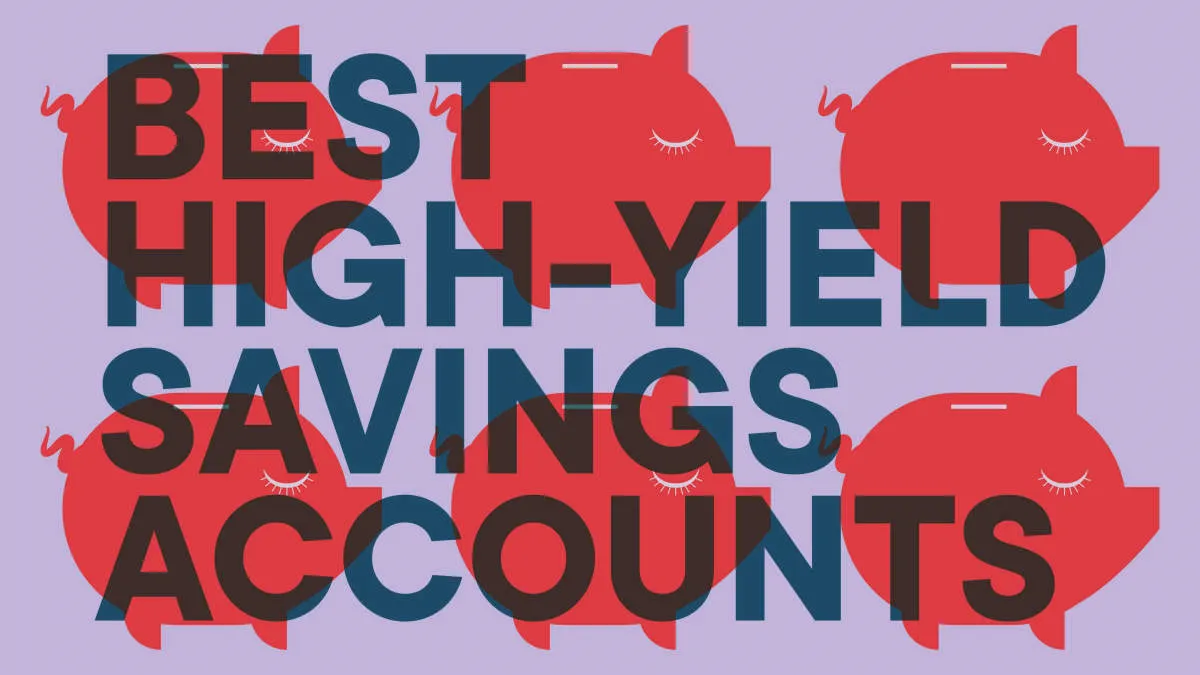Looking for the perfect savings account to match your financial goals? Learn how to identify key factors and compare options effectively to find the best savings account for your unique needs.
Understanding Savings Accounts

A savings account is a fundamental financial tool designed to help you securely store your money while earning interest. Unlike a checking account, which is meant for frequent transactions, a savings account prioritizes saving and growth.
How Savings Accounts Work:
When you deposit money into a savings account, the bank or financial institution pays you interest on that balance. The interest rate, often expressed as an Annual Percentage Yield (APY), determines how much your money grows over time. The APY can be fixed or variable, depending on the account type and market conditions.
Key Features of Savings Accounts:
- Interest-bearing: Earn interest on your deposited funds.
- FDIC Insurance: In the United States, savings accounts are typically insured by the Federal Deposit Insurance Corporation (FDIC) up to $250,000 per depositor, per insured bank, providing peace of mind and security.
- Limited Access: Savings accounts may have restrictions on the number of withdrawals you can make each month, typically governed by Regulation D.
- Low or No Monthly Fees: Many savings accounts come with minimal or no monthly maintenance fees, making them an affordable option for storing your money.
Interest Rates Comparison
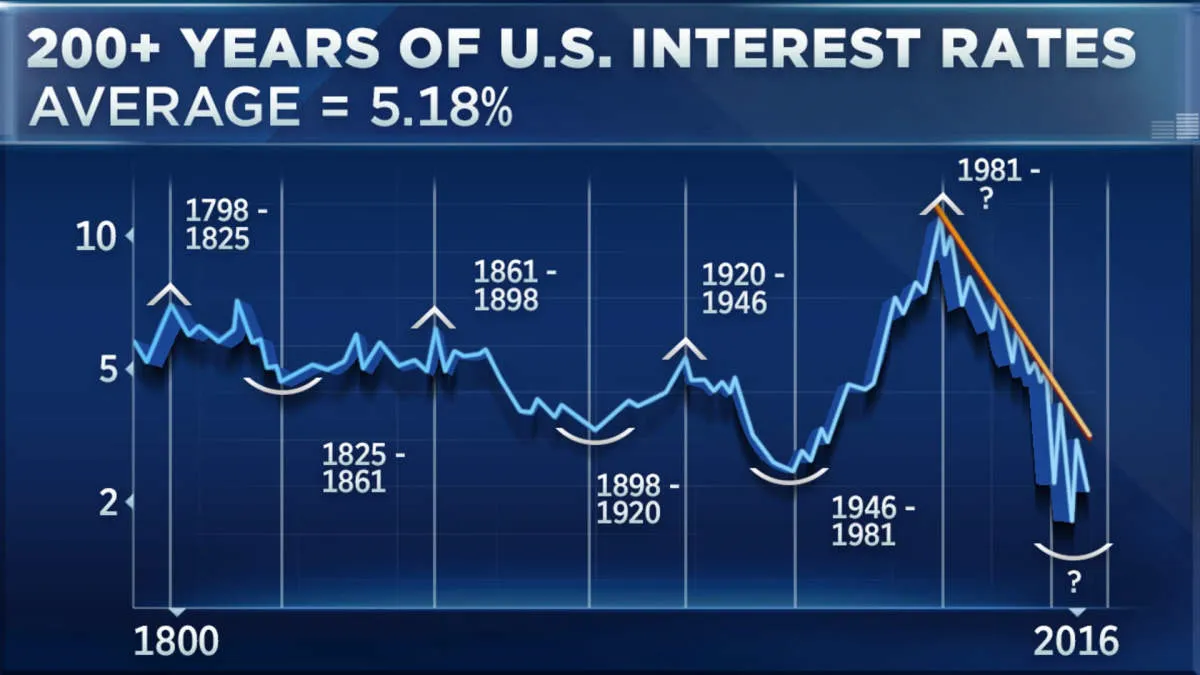
One of the most crucial factors to consider when choosing a savings account is the interest rate. This rate determines how much your money will grow over time. Generally, the higher the interest rate, the better.
When comparing interest rates, it’s essential to understand the difference between Annual Percentage Yield (APY) and Annual Percentage Rate (APR).
- APY reflects the actual amount of interest you earn in a year, including compounding. Compounding is the process of earning interest on your initial deposit plus any interest earned previously.
- APR represents the simple interest rate you’ll earn annually, without taking compounding into account.
Always focus on the APY as it gives a more accurate picture of your potential earnings.
Keep in mind that interest rates can fluctuate based on market conditions and the Federal Reserve’s monetary policy. It’s essential to compare rates from various financial institutions, including:
- Traditional Banks: These institutions typically offer lower interest rates on savings accounts.
- Credit Unions: Often offer higher interest rates compared to traditional banks due to their member-owned structure.
- Online Banks: Without the overhead of physical branches, online banks can offer more competitive interest rates.
Don’t settle for the first decent interest rate you find. Take the time to research and compare various options to ensure you’re getting the best return on your savings.
Fees and Charges
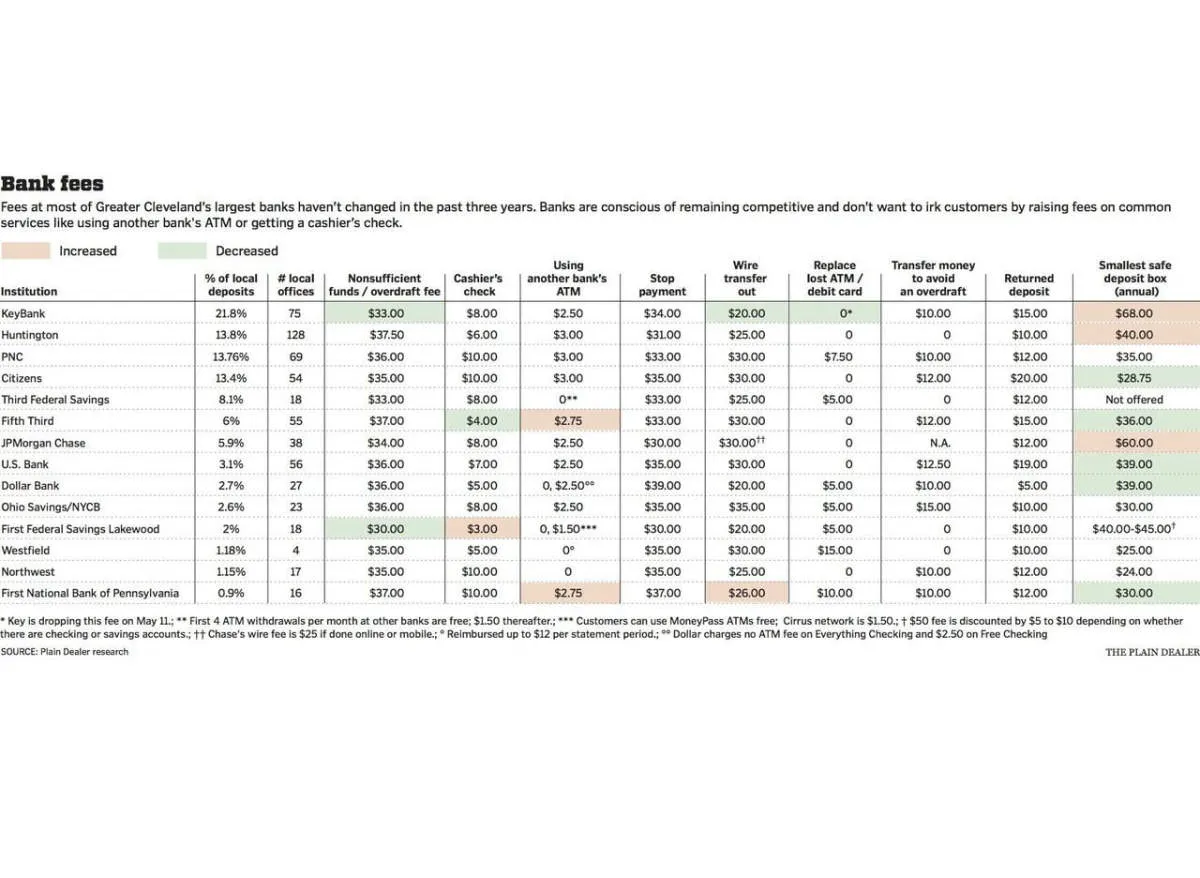
One crucial aspect to consider when choosing a savings account is the fee structure. Banks may charge various fees that can eat into your hard-earned interest. Pay close attention to the following:
- Monthly maintenance fees: Some banks charge a monthly fee simply for having an account open. These fees can range from a few dollars to upwards of $20, depending on the bank and account type.
- Minimum balance requirements: Certain accounts come with minimum balance requirements to avoid monthly fees. If your balance falls below this minimum, you’ll likely be charged. Ensure the minimum requirement aligns with your typical account balance.
- Transaction fees: Be mindful of potential fees for exceeding a limited number of transactions, like withdrawals or transfers, within a specific timeframe. Some banks might offer a certain number of free transactions per month.
- Inactivity fees: If you don’t use your savings account frequently, some banks may charge an inactivity fee. This fee usually applies after a certain period of no deposits, withdrawals, or transfers.
- Other fees: Inquire about any additional fees, such as paper statement fees, cashier’s check fees, or stop payment fees, that might apply to your account.
To minimize the impact of fees, compare the fee schedules of different banks and opt for accounts with low or no fees. Consider your banking habits and choose an account that aligns with your needs and usage patterns.
Online vs. Traditional Banks

When searching for the best savings account, one of the first decisions you’ll face is whether to go with an online or traditional bank. Both have their advantages and drawbacks, so it’s important to weigh your options carefully.
Online Banks
Online banks operate exclusively online, without any physical branches. This allows them to have lower overhead costs, which they often pass on to customers in the form of higher interest rates and lower fees.
Some advantages of online banks include:
- Higher interest rates on savings accounts
- Lower fees for account maintenance, overdrafts, etc.
- 24/7 access to your accounts online and via mobile apps
However, there are also some potential downsides to consider:
- Lack of face-to-face interaction with bank staff
- May be less convenient for depositing cash or checks
- Potential for security risks if you’re not careful about online safety
Traditional Banks
Traditional banks, on the other hand, have physical branches that you can visit for in-person service. They also tend to offer a wider range of financial products and services, such as loans, credit cards, and investment accounts.
Here are some advantages of traditional banks:
- Face-to-face interaction with bank staff for personalized service
- Convenience of physical branches for deposits, withdrawals, and other transactions
- Established reputation and history
Some potential downsides of traditional banks include:
- Lower interest rates on savings accounts compared to online banks
- Higher fees for account maintenance, overdrafts, and other services
- May have limited hours of operation compared to online banks
Account Features
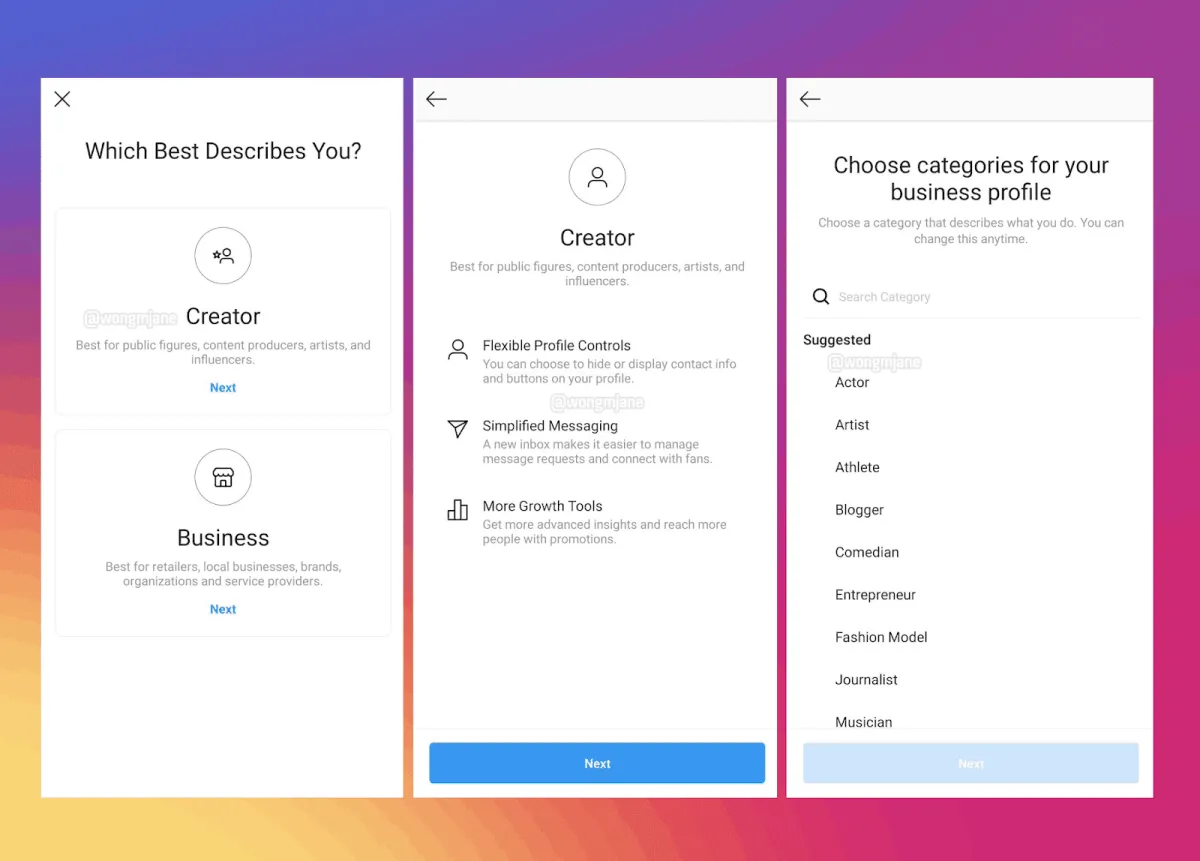
When comparing savings accounts, pay close attention to the features each account offers. These can significantly impact how you save and the benefits you receive. Key features to consider include:
Interest Rates:
This is arguably the most crucial factor. Look for accounts with competitive Annual Percentage Yields (APY) to maximize your earnings. Remember that interest rates can be tiered, meaning you might earn a higher rate on balances above a certain threshold.
Minimum Balance Requirements:
Some accounts require a minimum balance to earn interest or avoid monthly fees. Ensure the minimum aligns with your financial capacity and saving goals.
Fees:
Be aware of potential fees, such as monthly maintenance fees, inactivity fees, or excessive transaction fees. Choose an account with minimal or no fees to keep more of your savings.
Withdrawal Limits:
Federal regulations limit certain withdrawals from savings accounts to six per month. Exceeding this limit may incur fees. Consider your anticipated withdrawal frequency when choosing an account.
Account Access:
Evaluate the convenience features offered, such as online banking, mobile check deposits, and ATM access. These can significantly impact your ability to manage your savings efficiently.
Additional Features:
Some accounts offer extra perks, like automatic savings plans, where a predetermined amount is transferred from your checking account regularly. Others may provide bonus interest for meeting specific criteria.
How to Open a Savings Account
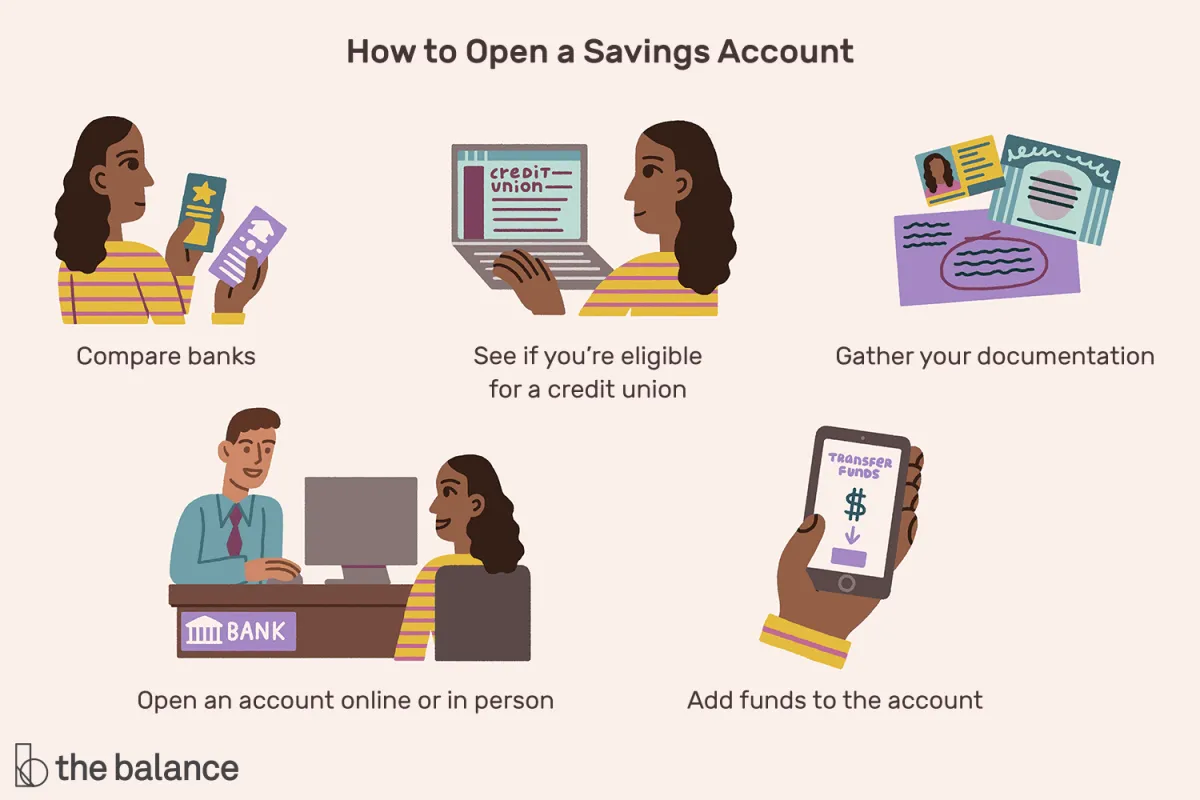
Opening a savings account is generally a straightforward process. While the specific requirements might vary slightly depending on the institution, here’s a general guide:
1. Choose a Bank or Credit Union
Research and compare different financial institutions to find one that offers the best savings account features and interest rates to suit your needs.
2. Gather Necessary Documents
Typically, you will need:
- A government-issued photo ID (driver’s license, passport)
- Social Security number
- Proof of address (utility bill, bank statement)
- Minimum opening deposit amount
3. Apply Online or In Person
Most banks and credit unions allow you to open an account online through their website. If you prefer a face-to-face interaction, you can visit a local branch to open your account.
4. Provide Information and Fund the Account
You will need to provide the required personal information and sign the account agreement. Then, make your initial deposit to activate your new savings account.
5. Receive Your Account Information
Once the account is open, you will receive your account number and information on how to access online and mobile banking if applicable.
Managing Your Savings

Finding the best savings account is only the first step. Once you’ve opened your account, it’s essential to manage it effectively to maximize your savings potential. Here are some tips to help you do just that:
Set Savings Goals
Having specific, measurable, achievable, relevant, and time-bound (SMART) goals can keep you motivated and disciplined with your savings. Whether it’s a down payment on a house, a dream vacation, or a comfortable retirement, define your objectives and break them down into smaller milestones.
Automate Your Savings
Make saving effortless by setting up automatic transfers from your checking account to your savings account. This “pay yourself first” approach ensures consistent contributions and helps you reach your financial goals faster.
Track Your Progress and Adjust as Needed
Regularly monitor your savings balance to assess your progress and make necessary adjustments. If you experience a financial windfall or unexpected expenses, adjust your savings contributions accordingly. Life is dynamic, and your savings plan should be flexible enough to adapt to changes.
Explore Other Savings Options
While a traditional savings account is a great starting point, don’t be afraid to explore other options that might offer higher returns, such as money market accounts, certificates of deposit (CDs), or high-yield savings accounts. Diversifying your savings strategy can help you achieve your financial goals more effectively.
Using Mobile Banking
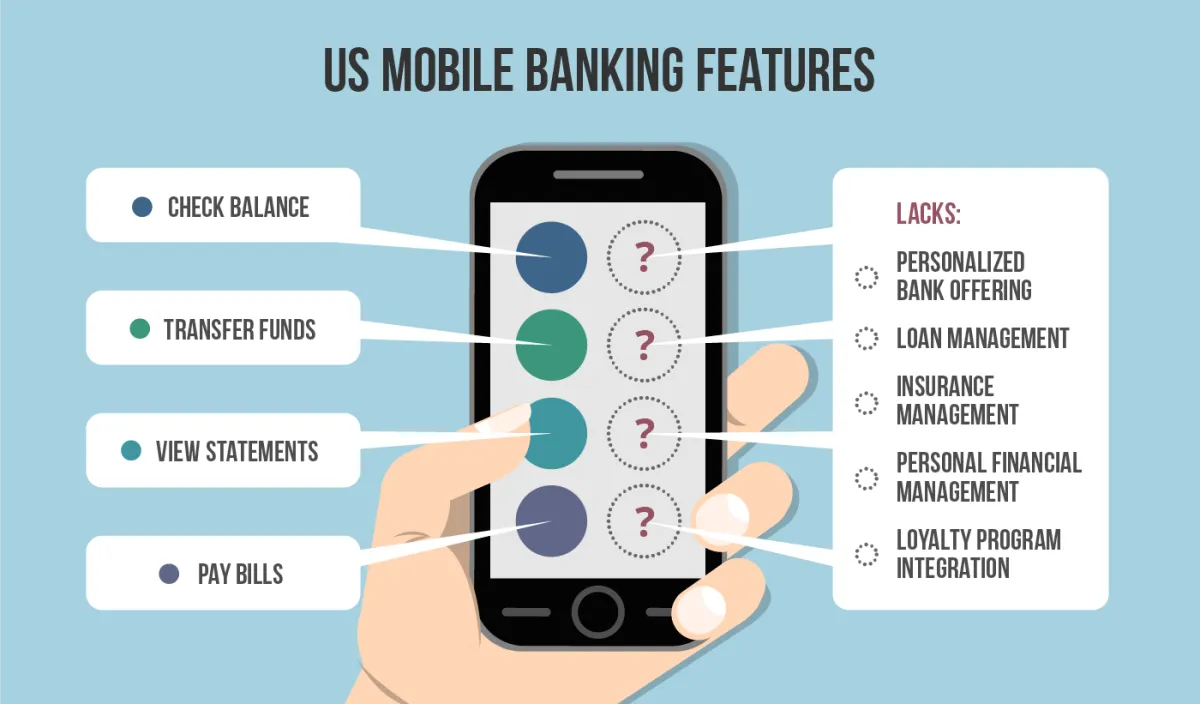
Mobile banking has revolutionized the way we manage our finances, and this extends to savings accounts. Most banks now offer feature-rich mobile apps that allow you to monitor your savings account on the go.
Here’s what to look for in a mobile banking app for your savings account:
- Easy Transfers: Quickly and easily transfer funds between your savings account and other accounts.
- Mobile Check Deposit: Deposit checks directly from your phone, eliminating trips to the bank.
- Savings Goals: Some apps let you set savings goals and track your progress visually, which can be motivating.
- Account Alerts: Set up notifications for low balances, deposits, and withdrawals to stay informed about your account activity.
- Customer Service Access: Easily connect with customer support through the app for assistance with your savings account or any other banking needs.
When choosing a savings account, explore the bank’s mobile app and ensure it offers the features and convenience you desire for managing your savings effectively.
Tips for Saving Money

Finding the best savings account is a great step toward reaching your financial goals, but maximizing your savings takes effort. Here are some practical tips to help you save money effectively:
1. Create a Budget
You can’t save effectively without knowing where your money is going. Track your income and expenses to identify areas where you can cut back and redirect funds toward your savings goals.
2. Set Realistic Savings Goals
Having specific, measurable, achievable, relevant, and time-bound (SMART) goals will keep you motivated. Whether it’s a down payment on a house, a dream vacation, or building an emergency fund, define your goals and break them down into smaller milestones.
3. Automate Your Savings
Treat your savings like a regular bill. Set up automatic transfers from your checking account to your savings account each month. This “pay yourself first” approach ensures consistent savings.
4. Explore Round-Up Options
Many banks offer round-up programs that automatically round up your purchases to the nearest dollar and transfer the difference to your savings. It’s a painless way to boost your savings effortlessly.
5. Cut Down on Unnecessary Expenses
Identify areas where you can reduce spending without sacrificing your lifestyle. Consider dining out less, brewing your coffee at home, or finding more affordable entertainment options.
6. Look for Deals and Discounts
Be a savvy shopper! Take advantage of coupons, discounts, and loyalty programs to save money on everyday purchases.
7. Consider a Side Hustle
Earning extra income through a side hustle can significantly accelerate your savings. Explore freelance opportunities, gig economy platforms, or turn your hobbies into a source of income.
Frequently Asked Questions
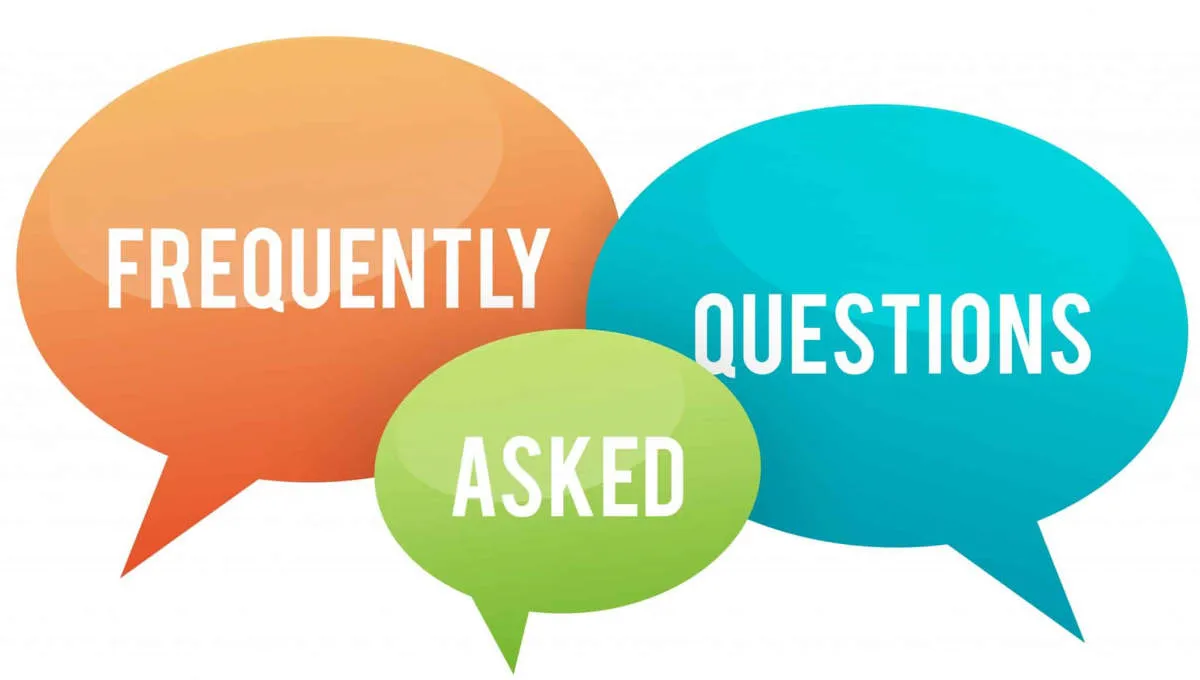
Q: What is an APY?
A: APY stands for Annual Percentage Yield. It reflects the amount of interest you earn on a savings account in one year, including compounding interest. A higher APY means you’ll earn more interest on your savings.
Q: How often is interest paid on savings accounts?
A: Interest can be credited to your account daily, monthly, quarterly, or annually, depending on the bank or credit union. Frequent compounding of interest can help your savings grow faster.
Q: What’s the difference between a traditional savings account and a high-yield savings account?
A: High-yield savings accounts typically offer significantly higher APYs compared to traditional savings accounts, allowing you to earn more interest on your deposits.
Q: Are there any fees associated with savings accounts?
A: Some banks and credit unions may charge monthly maintenance fees, inactivity fees, or excessive transaction fees for savings accounts. It’s essential to review the account terms and conditions carefully.
Q: How do I choose the right savings account for me?
A: Consider your savings goals, the APY offered, fees, minimum balance requirements, and the convenience of online or mobile banking features when selecting a savings account.
Q: How safe is my money in a savings account?
A: Savings accounts at FDIC-insured banks and NCUA-insured credit unions are generally considered safe, as your deposits are insured up to certain limits by the federal government.
Conclusion
Choosing the right savings account requires considering interest rates, fees, accessibility, and your financial goals to meet your needs effectively.

